Doe/netl-2012/1540 Mobility And Conformance Control For Carbon Dioxide Enhanced Oil Recovery (Co2-Eor) Via Thickeners, Foams, And Gels - U.s. Department Of Energy Page 168
ADVERTISEMENT
 1
1  2
2  3
3  4
4  5
5  6
6  7
7  8
8  9
9  10
10  11
11  12
12  13
13  14
14  15
15  16
16  17
17  18
18  19
19  20
20  21
21  22
22  23
23  24
24  25
25  26
26  27
27  28
28  29
29  30
30  31
31  32
32  33
33  34
34  35
35  36
36  37
37  38
38  39
39  40
40  41
41  42
42  43
43  44
44  45
45  46
46  47
47  48
48  49
49  50
50  51
51  52
52  53
53  54
54  55
55  56
56  57
57  58
58  59
59  60
60  61
61  62
62  63
63  64
64  65
65  66
66  67
67  68
68  69
69  70
70  71
71  72
72  73
73  74
74  75
75  76
76  77
77  78
78  79
79  80
80  81
81  82
82  83
83  84
84  85
85  86
86  87
87  88
88  89
89  90
90  91
91  92
92  93
93  94
94  95
95  96
96  97
97  98
98  99
99  100
100  101
101  102
102  103
103  104
104  105
105  106
106  107
107  108
108  109
109  110
110  111
111  112
112  113
113  114
114  115
115  116
116  117
117  118
118  119
119  120
120  121
121  122
122  123
123  124
124  125
125  126
126  127
127  128
128  129
129  130
130  131
131  132
132  133
133  134
134  135
135  136
136  137
137  138
138  139
139  140
140  141
141  142
142  143
143  144
144  145
145  146
146  147
147  148
148  149
149  150
150  151
151  152
152  153
153  154
154  155
155 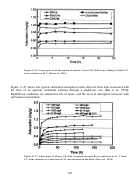 156
156 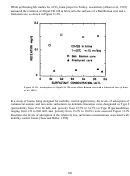 157
157 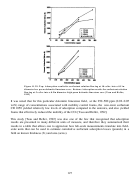 158
158  159
159  160
160 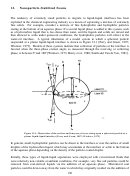 161
161 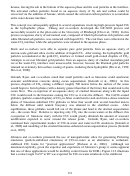 162
162  163
163 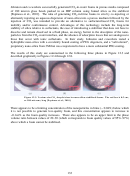 164
164 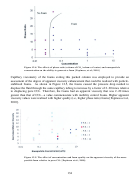 165
165 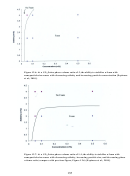 166
166 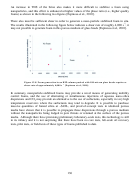 167
167  168
168  169
169 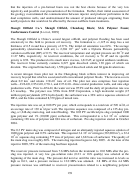 170
170  171
171 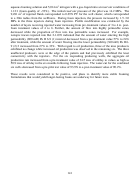 172
172 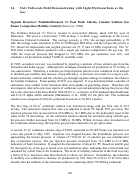 173
173  174
174 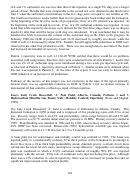 175
175 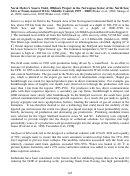 176
176 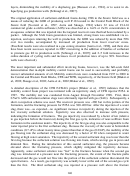 177
177 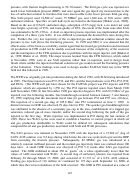 178
178  179
179 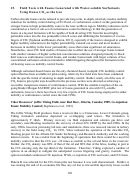 180
180  181
181 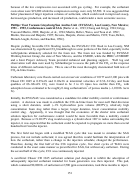 182
182 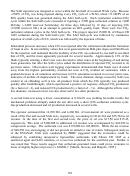 183
183  184
184 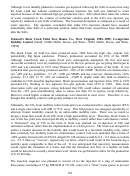 185
185 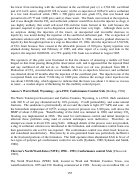 186
186  187
187  188
188 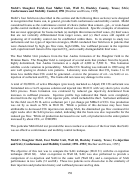 189
189 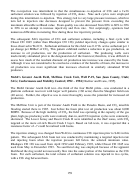 190
190  191
191 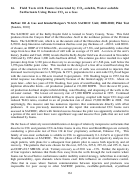 192
192 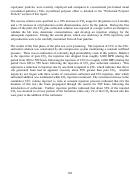 193
193  194
194  195
195  196
196  197
197  198
198 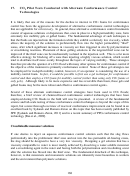 199
199 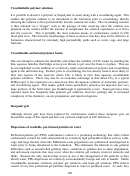 200
200 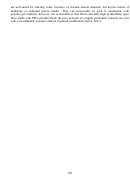 201
201 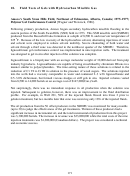 202
202 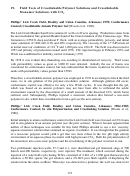 203
203  204
204 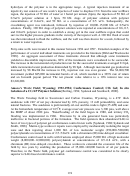 205
205 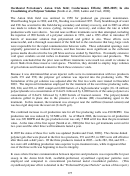 206
206 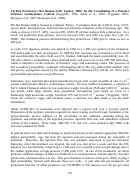 207
207 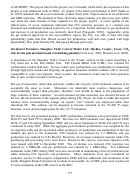 208
208  209
209 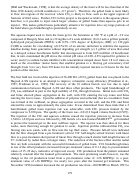 210
210 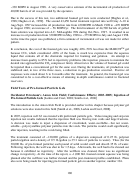 211
211 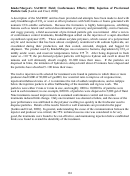 212
212 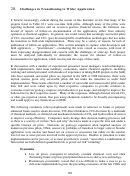 213
213 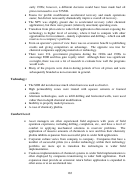 214
214 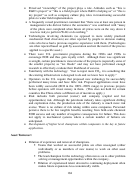 215
215  216
216 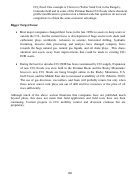 217
217 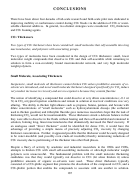 218
218  219
219 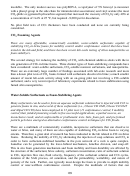 220
220 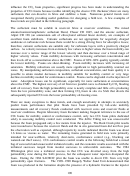 221
221  222
222 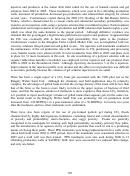 223
223 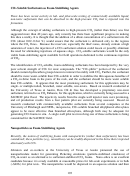 224
224 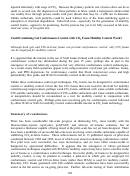 225
225  226
226 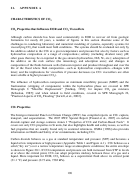 227
227 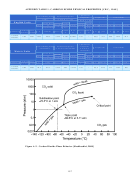 228
228 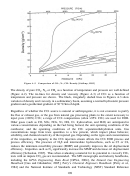 229
229 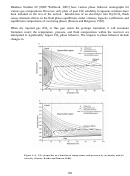 230
230  231
231 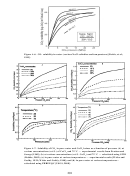 232
232 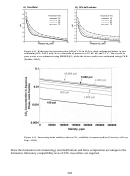 233
233  234
234 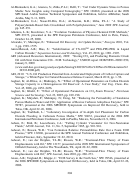 235
235  236
236  237
237  238
238  239
239  240
240 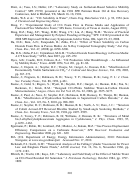 241
241 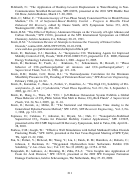 242
242 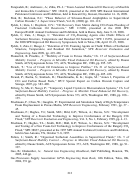 243
243 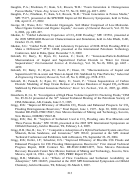 244
244  245
245  246
246  247
247  248
248  249
249 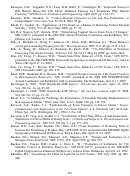 250
250 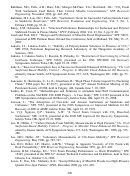 251
251  252
252  253
253 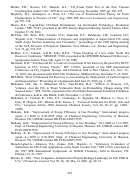 254
254 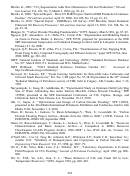 255
255 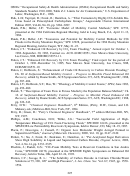 256
256  257
257 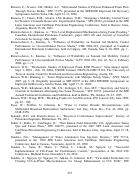 258
258 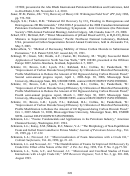 259
259 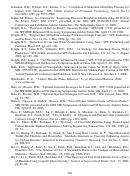 260
260 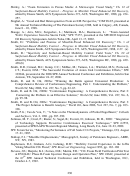 261
261 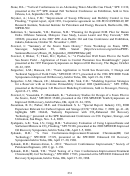 262
262 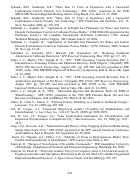 263
263 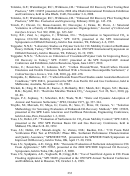 264
264 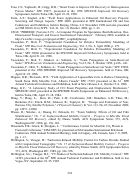 265
265 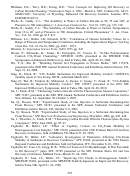 266
266  267
267 13.
Carbon Dioxide Field Tests Using Foam, Gel, Foam Gel, and Pre-
formed Particle Gel
In this section, a review of mobility and/or conformance control foams in gas-injection field tests
is provided based on prior reviews [Smith, 1988b; Turta and Singhal, 1998; Hanssen, Holt, and
Surgechev, 1994] and descriptions of individual pilots found in the literature.
SAG Field Tests with Air as the Gas
Siggins Field Air Injectivity Tests [Smith, 1988b].
A surfactant solution-alternating-air SAG process was tested at the Siggins Field in an attempt to
determine the effects of foam on injectivity of the fluids and the water injection profile. The
injector well was surrounded by six producers. The surfactant solution was based on an alkyl
sulfate with small amounts of amide stabilizers at concentrations of 0.5, 1.0, and 1.5wt% in
water, and the gas was air. The air–aqueous volumetric ratio at reservoir conditions was 9:1,
yielding a 90% quality foam with overall surfactant volumetric concentrations of 0.05, 0.1, and
0.15%. An alternating SAG injection scheme and a pre-formed foam generated in a packed bed
of ceramic particles were compared. Three cycles of the sequential injection of air and surfactant
solution reduced the injectivity of all fluids by ~20%. The subsequent injection of 0.2 PV foam
further reduced water injectivity to 35% of its original value (a 65% reduction) while reducing
air mobility by 50%.
ZhongYuan Oilfield Company’s ZhongYuan Oilfield; Henan Province, China; Air Foam-
Alternating-Air Injection (AFAAI); Conformance Control and Mobility Control [Yu et al.,
2008].
The Hu-12 block in the ZhongYuan Oilfield is highly heterogeneous, containing both low
permeability oil-rich layers and higher permeability mixed water/oil zones. The permeability
values of these sandstones range from 100 to 1,000 mD, with an average porosity of 21%. The
o
reservoir temperature is 90
C and at this temperature the oil viscosity is 4 cP. The reservoir
pressure has fallen from its original value of 25 MPa to its current value of about 20 MPa. The
formation brine contains a high concentration of dissolved solids (200,000 ppm). The average
net thickness of the formation is 16 m. After two decades of waterflooding, the oil recovery was
only 21% and the water cut had risen to 95%. It was suspected that most of the injected water
was bypassing the lower perm oil-rich zones and entering the high permeability, watered-out
zones.
Nitrogen injection was attempted in 2005, but nitrogen breakthrough occurred in only three days.
Soon thereafter, air and air foam injection was considered as a viable IOR technique for both
conformance control (blocking the higher perm layers) and mobility control (increasing the
sweep efficiency of the displacing fluids).
In May 2007, a field pilot test of the air foam-alternating-air injection (AFAAI) process was
initiated in the Middle SaSan 8 unit, consisting of one injector—former water-injector Hu-12-
137
ADVERTISEMENT
0 votes
Related Articles
Related forms
Related Categories
Parent category: Legal









